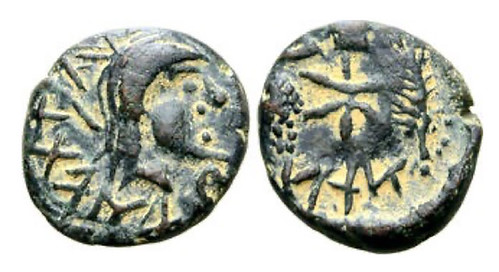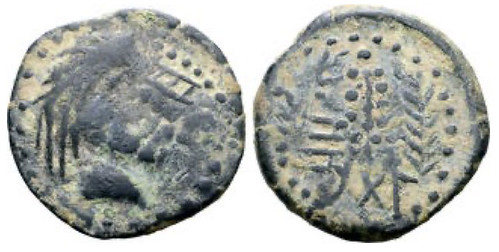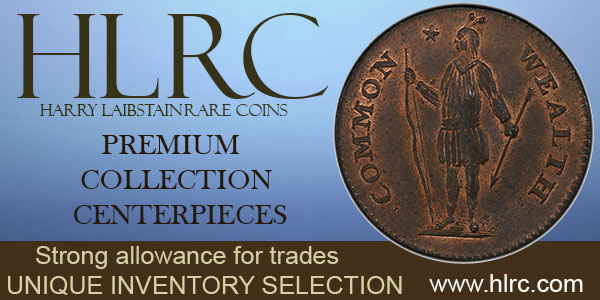
PREV ARTICLE
NEXT ARTICLE
FULL ISSUE
PREV FULL ISSUE
THE COINAGE OF ANCIENT MAURETANIAMike Markowitz has published another great article in his CoinWeek Ancient Coin Series. There's always much to learn from his well-researched pieces, and the great images are a delight, whether one collects ancient coinage or not. Here's a short excerpt - be sure to see the complete article online. -Editor ANCIENT MAURETANIA WAS a region of coastal North Africa stretching from modern-day Algeria to Morocco. It should not be confused with the modern West African nation of Mauritania (spelled differently). The inhabitants of Mauretania were ancestors of the modern people known as Berbers. The Greeks knew them as Mauroi (?a????). To the Romans, they were Mauri. This term comes into English as "Moor", a name that has been applied to a variety of African people; for example, Shakespeare's Othello, the "Moor of Venice."
Bocchus I 
The earliest king of Mauretania known to history was Baga, who ruled c.225 BCE from his capital of Chellah (near Rabat, Morocco). The first ruler for whom we have coins was probably Bocchus (or Boccus), who reigned from about 111 to 80 BCE. Some very crude bronze coins are attributed to Bocchus (or possibly his son). A "half unit" of 4.5 grams shows a long-haired bearded head in profile on the obverse and a star between a cluster of grapes and an ear of grain on the reverse. A "unit" of about 9.4 grams shows the same obverse portrait, with a standing figure on the reverse.
Camarata 
Collecting Mauretania Many royal Mauretanian coins that appear on the market today derive from a single huge hoard of some 4,000 silver pieces buried c. 17-18 CE near Souk el-Arbaa, Morocco. The "Banasa/El Ksar Hoard" was discovered in 1907 and dispersed to various museums and private (mostly French) collections.
To read the complete article, see:

Wayne Homren, Editor The Numismatic Bibliomania Society is a non-profit organization promoting numismatic literature. See our web site at coinbooks.org. To submit items for publication in The E-Sylum, write to the Editor at this address: whomren@gmail.com To subscribe go to: https://my.binhost.com/lists/listinfo/esylum All Rights Reserved. NBS Home Page Contact the NBS webmaster 
|